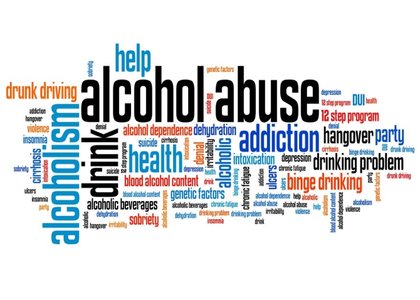- Home
- Editorial
- News
- Practice Guidelines
- Anesthesiology Guidelines
- Cancer Guidelines
- Cardiac Sciences Guidelines
- Critical Care Guidelines
- Dentistry Guidelines
- Dermatology Guidelines
- Diabetes and Endo Guidelines
- Diagnostics Guidelines
- ENT Guidelines
- Featured Practice Guidelines
- Gastroenterology Guidelines
- Geriatrics Guidelines
- Medicine Guidelines
- Nephrology Guidelines
- Neurosciences Guidelines
- Obs and Gynae Guidelines
- Ophthalmology Guidelines
- Orthopaedics Guidelines
- Paediatrics Guidelines
- Psychiatry Guidelines
- Pulmonology Guidelines
- Radiology Guidelines
- Surgery Guidelines
- Urology Guidelines
MRI scan may predict alcohol abuse in adolescents,points out study

Adolescence is a period of transition and is critically susceptible to alcohol abuse which is not very easy to get rid of and can have hazardous health consequences. In a recent study published in the journal eLife, it has been reported that a Magnetic Resonance Imaging, MRI scan can be a helpful tool to predict alcohol abuse in adolescents.
The study reported that higher grey-matter volumes in the caudate nucleus and the left cerebellum at age 14 years were predictive of a stronger increase in alcohol use score over 5 years. This was the first study to demonstrate the feasibility of running separate voxel-wise structural equation models thereby opening new avenues for data analysis in brain imaging.
The authors of this study claim that these findings could help understand why some teens are prone to developing alcohol use disorders. Discovering this anomaly in an individual's early teen years also could help identify who might be at greater risk and prompt early interventions to curb the issue.
The researchers analyzed Magnetic resonance imaging, MRI brain images from 1,814 healthy 14-year-olds participating in the IMAGEN project -a European research project designed to explore biological, psychological, and environmental factors during adolescence that could influence brain development and mental health. They then compared the participants' self-reported drinking habits at ages 14, 16 or 17, and 19.
The Magnetic resonance imaging scans showed that teens with more gray matter in the caudate nucleus, which is associated with learning, and the left cerebellum, which handles thinking and movement, were more likely to increase their drinking habits over time.
Similar brain differences have been found in adolescents who progress to psychiatric disorders later in life. Debate still remains about how and why this happens. One school of thought is that gray matter expands through childhood and then peaks during adolescence when unnecessary brain connections are "pruned away."
For further reference, click on the link

Disclaimer: This site is primarily intended for healthcare professionals. Any content/information on this website does not replace the advice of medical and/or health professionals and should not be construed as medical/diagnostic advice/endorsement or prescription. Use of this site is subject to our terms of use, privacy policy, advertisement policy. © 2020 Minerva Medical Treatment Pvt Ltd